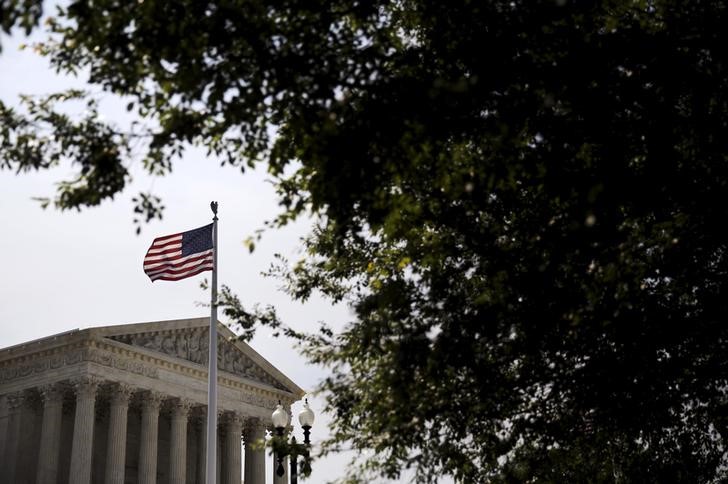Tariff ruling fallout: 5 questions after Court rejects Trump policy

A U.S. federal court has struck down former President Trump’s use of the International Emergency Economic Powers Act (IEEPA) to impose tariffs, concluding the administration failed to demonstrate the “unusual and extraordinary threats” required by law.
The ruling by the U.S. Court of International Trade nullifies several tariffs that had been implemented under the IEEPA, which was originally designed to give the president authority during genuine national emergencies involving external threats.
The case originated from lawsuits brought by small businesses and 13 states, including Oregon, Arizona, and New York. The court found that trade deficits and economic concerns cited by the Trump administration did not meet the IEEPA threshold.
“We have long believed that the U.S. court system would play a pivotal role in determining the outcome of President Trump’s economic policy,” Jefferies strategists led by Aniket Shah said in a note.
Following the court’s ruling, Jefferiesh outlined five key questions arising from the fallout.
1) When will the Supreme Court hear the appeal? Jefferies asks whether the Court’s recent order in Trump v. Wilcox suggests it might favor “expanded executive authority” and eventually reverse the decision by the Court of International Trade.
2) Are nationwide injunctions illegal? The Supreme Court is deliberating Trump v. CASA, which could redefine the legality of nationwide injunctions. A ruling in Trump’s favor might undercut the trade court’s action.
3) Does the administration have alternative legal pathways to impose tariffs? Jefferies points to other mechanisms such as Sections 232, 301, or 201 as possible tools to reintroduce tariffs if IEEPA is no longer viable.





